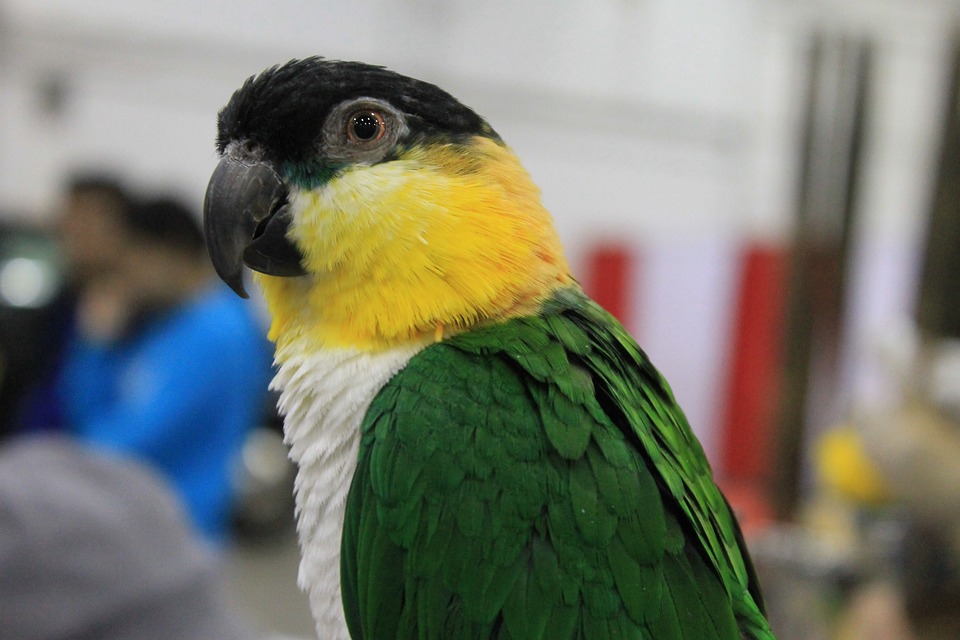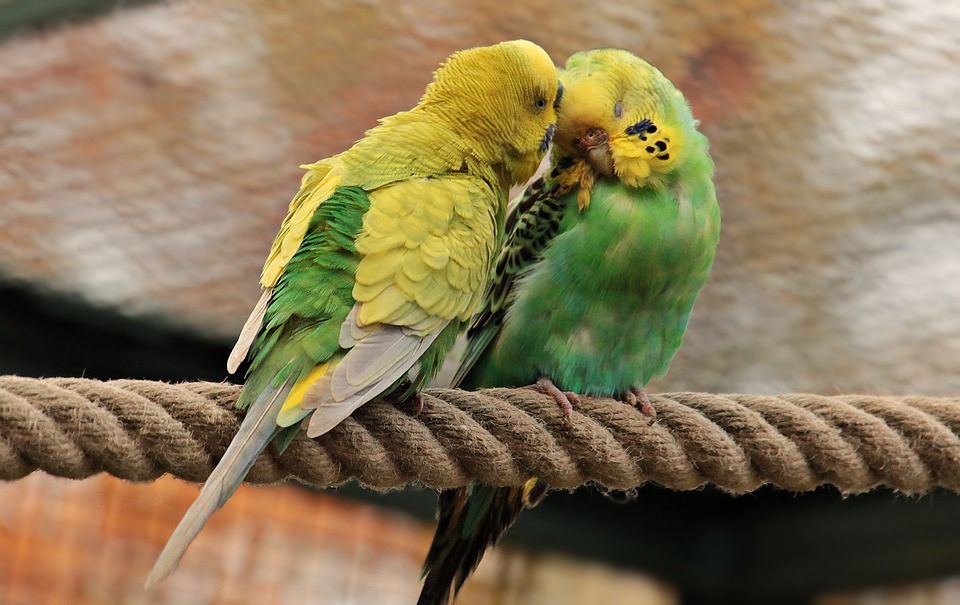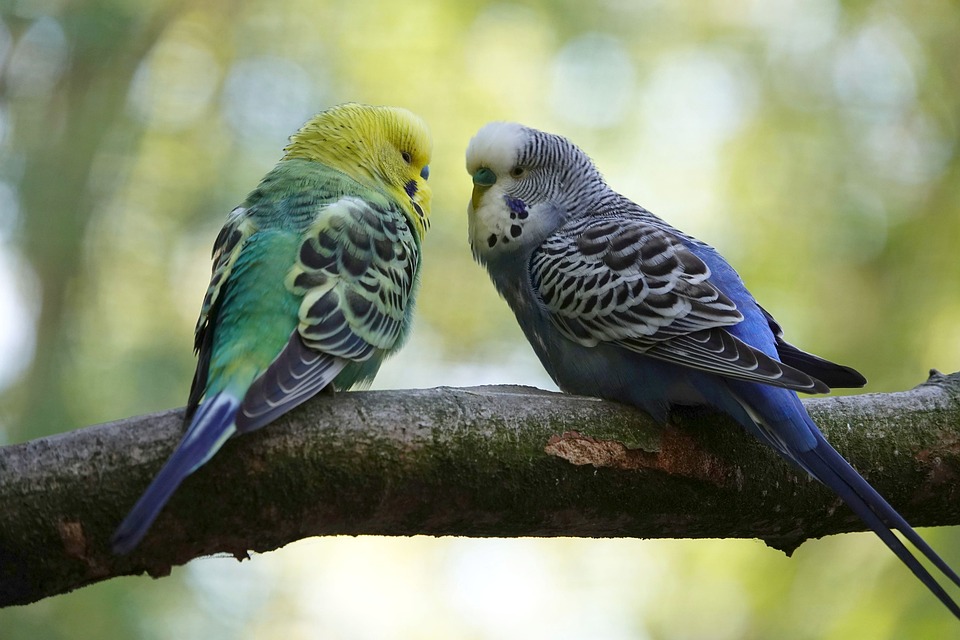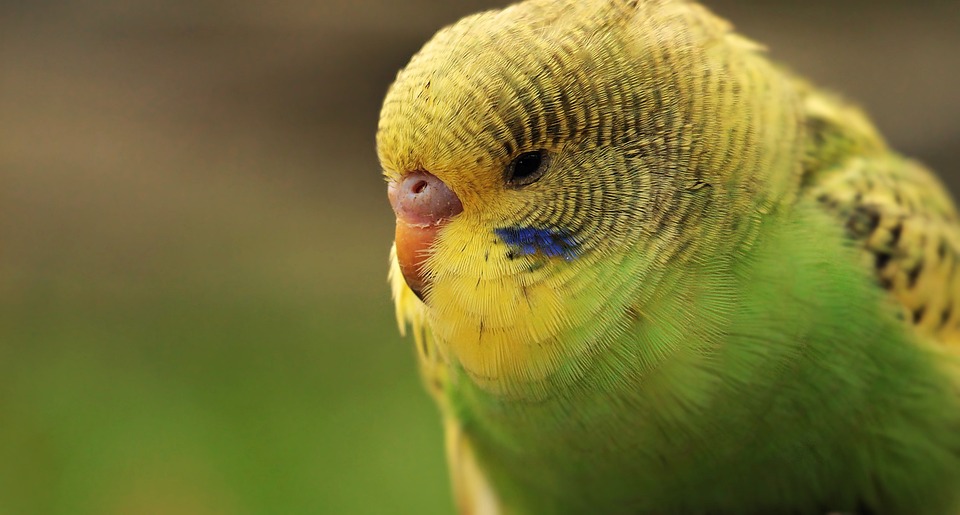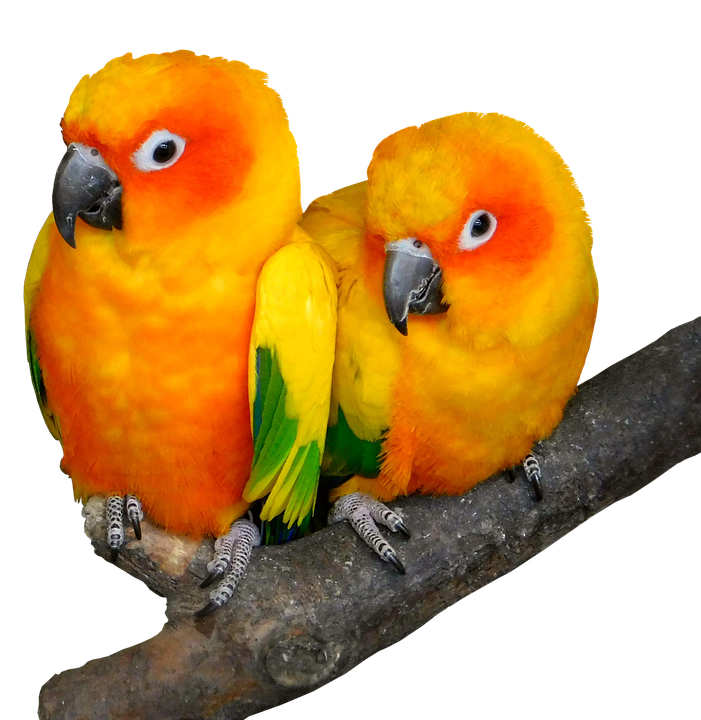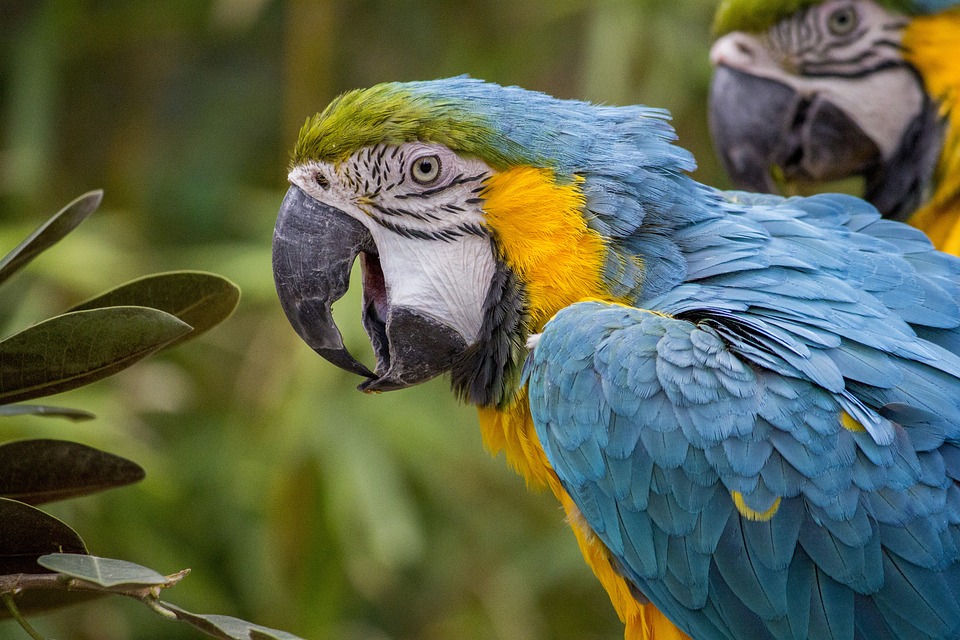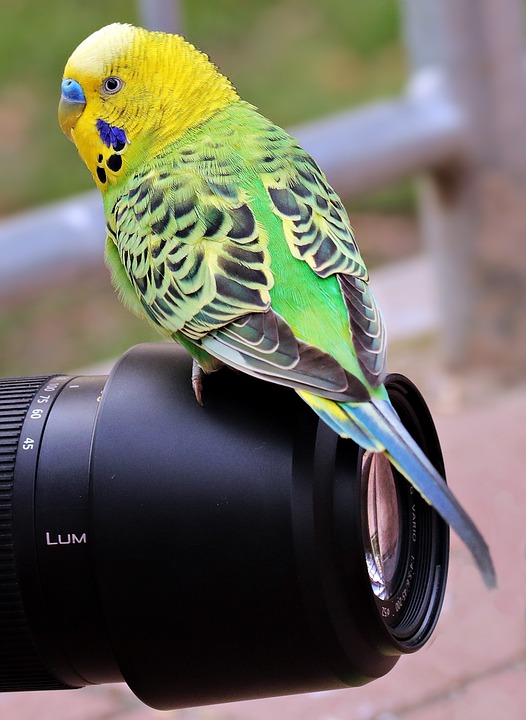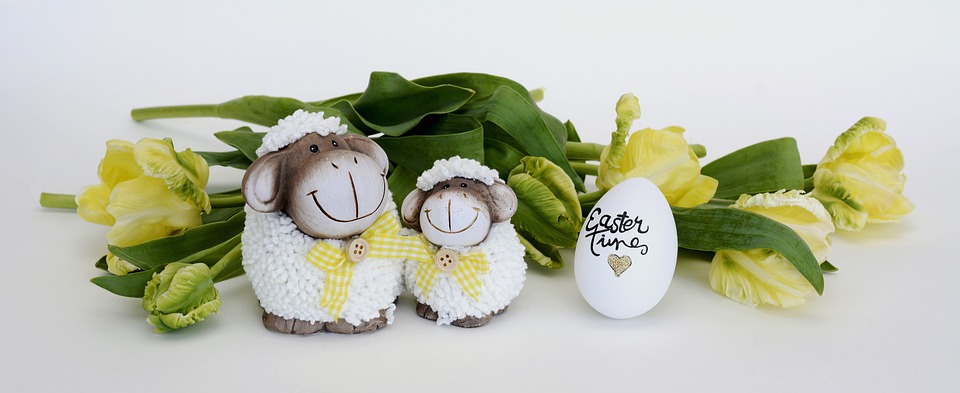Parrots are fascinating creatures with a curious nature and a playful demeanor. As pet owners, it is important to understand their behavior and provide them with toys that stimulate their minds and keep them physically engaged. In this article, we will explore the curious nature of parrot behavior and examine how they respond to new toys.
Parrots are known for their inquisitive nature. Curiosity is a defining trait of these intelligent birds, and they are always eager to explore new environments and objects. When presented with a new toy, parrots will often exhibit cautious behavior at first. They may observe the toy from a distance, assessing it for any potential threats. This initial response is a natural instinct for self-preservation.
After their initial cautious approach, parrots will often display investigative behavior. They will approach the toy tentatively, using their beak and claws to explore its texture. This behavior allows them to gather information about the new object and understand its purpose. Parrots may also vocalize during this stage, chirping, squawking, or mimicking sounds to express their pleasure or curiosity.
Once parrots feel comfortable with the new toy, they will engage in playful behavior. This is often accompanied by excitement and enthusiasm. Parrots will manipulate the toy using their beak and feet, showcasing their dexterity and intelligence. Playtime is an essential part of a parrot’s daily routine, and it provides mental and physical stimulation that is crucial for their overall well-being.
It is not uncommon for parrots to exhibit destructive behavior towards their toys. Chewing, shredding, or dismantling the toy is a natural instinct for foraging and exploration. Parrots have strong beaks, and these behaviors help keep their beaks healthy. However, it is important to provide them with toys that are safe and durable to prevent any potential harm.
When selecting toys for your parrot, it is essential to consider their specific species and preferences. Different parrot species have varying play preferences and beak strengths. Researching the needs of your parrot’s species will help you choose toys that are appropriate in size, materials, and complexity. It is also important to prioritize safety when selecting toys. Avoid toys with small parts that can be swallowed, toxic materials, or sharp edges. Opt for toys made from bird-safe materials, such as stainless steel or natural wood, and regularly inspect toys for wear and tear.
If your parrot shows no interest in new toys, patience is key. Some parrots may take time to warm up to new objects. Try presenting the toy in different ways, such as hanging it at eye level or adding treats to pique their interest. Gradual introduction is key to prevent overwhelming your parrot.
In conclusion, understanding parrot behavior and their responses to new toys is crucial for providing them with an enriching environment. By observing their behavior, we can better cater to their needs and ensure their well-being. Remember to choose toys that align with your parrot’s species and preferences, and always prioritize their safety. Happy parrot playtime!

